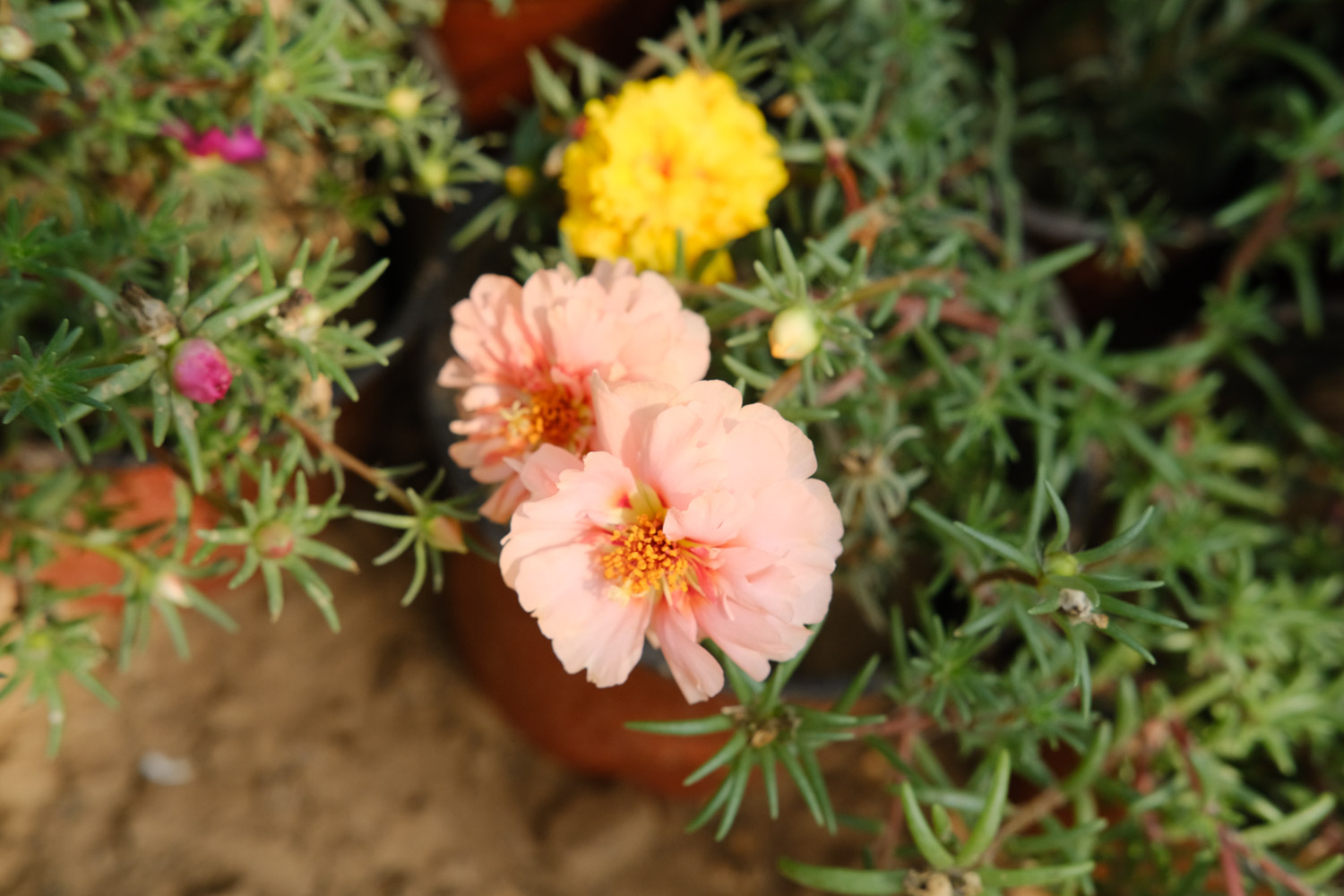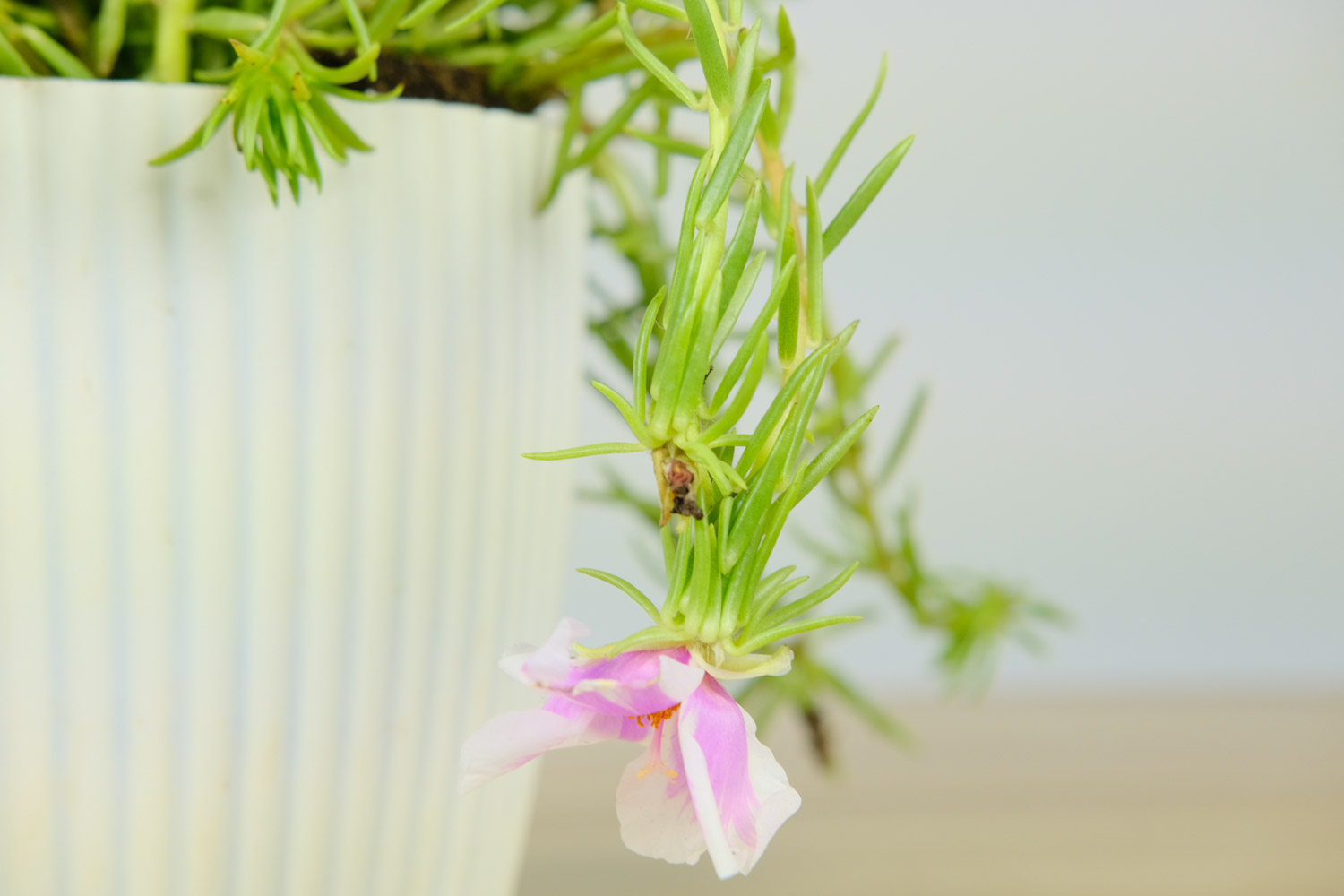1. Flower
We can see it in many places in China. It is worth mentioning that its flowers contain a variety of colors, so if you like this plant, you can try to plant all its colors together. According to statistics, it has a total of nine colors, including five red, two yellow, one white and one green. In addition, the origin of its name may have a great connection with flowers, because it blooms because of the sun and closes in the morning and evening. The taste of this flower is not strong, but it still has a faint taste. Its opening hours are very long. It usually opens between May and November. Of course, if it is in Lingnan, it is different. Here, its opening hours are all year round

2. Leaves
It mainly has two kinds. The great similarity between the two kinds is that its branches are relatively lush. One of them, Portulaca oleracea, has dense leaves. The shape of the leaves is thin cylindrical and sometimes curved. The length is not ideal, only one or two centimeters. In addition, it has no hair. The other is called purslane. Its leaves are alternate, and there are two shapes of leaves. One is cylindrical and linear, and the other looks like brick and stone, showing a narrow needle shape. The former can also be used as medicine, which can treat, detoxify and reduce swelling. The latter can treat knife wounds by placing leaves on the wound

3. Seed
Its seeds also have their own characteristics, but the seeds of two different varieties grow differently. The former is relatively small and large in number. Its shape is round kidney type and has many colors, including lead gray, gray brown and gray black. Its surface has pearl luster. The seeds of the latter are also small and have few colors, only dark brown. They have one thing in common, that is, there are small tumors on the surface
4. Reproduction
There are mainly two kinds of propagation, one is sowing and the other is cutting. In addition, it has strong adaptability to the soil. It can grow well even in particularly barren places. Of course, it also has its own favorite environment, that is, sandy soil. Of course, the premise is that its drainage function is relatively good

 jackfruit
jackfruit snake plant
snake plant hibiscus
hibiscus hydrangea
hydrangea lavender
lavender Green roses climb al...
Green roses climb al... If you don't pay att...
If you don't pay att... Management of four g...
Management of four g...
































